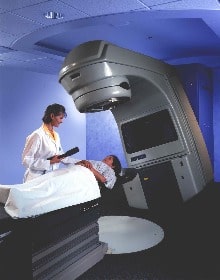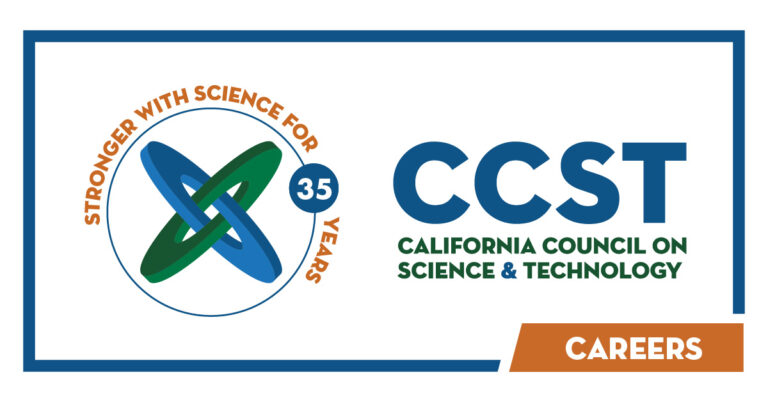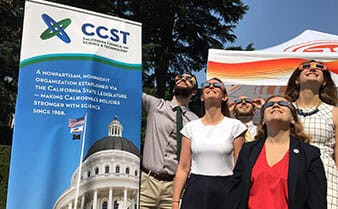Deputy Director
Bringing the National Labs into Focus: “Focal Point” Series to Highlight Lab Contributions
December 6, 2006 | Federal Research in California | Contact: M. Daniel DeCillis

CCST has launched the first of a new publication series designed to highlight important technological contributions from California’s federal laboratories.
“The Focal Point series will be a valuable resource for California policy makers seeking to get a better grasp of the Laboratories’ true contributions to the state,” said CCST Executive Director Susan Hackwood. “The impact of these facilities may not always be apparent, as research may take place over a span of decades and be commercially developed by other companies. However, there is no question but that these laboratories are a vital catalyst for California’s high-tech sector.”
The six largest federal laboratories in California – Lawrence Berkeley National Laboratory, Lawrence Livermore National Laboratory, Sandia National Laboratories/California, Stanford Linear Accelerator Center, NASA Jet Propulsion Laboratory, and the NASA Ames Research Center – joined CCST as affiliate members in 2005. CCST published a broad overview of the labs’ capabilities and contributions in its 2006 report, “California’s Federal Laboratories: A State Resource“.
The Focal Point series will explore a particular research area or project at each facility in much greater detail than the earlier report.
“I think readers are going to be surprised and fascinated by the incredible work done at these laboratories,” said Hackwood.
The first issue, focusing on the Stanford Linear Accelerator Center (SLAC), describes how particle accelerator research conducted at SLAC is helping to advance cancer therapy.
As the first issue of Focal Point details, Stanford University and SLAC have been working with Varian Medical Systems, a corporation in Palo Alto, for over five decades to develop cancer radiotherapy technology, in which precisely calibrated beams of electrons and X-rays are used to attack and kill malignant tumors. As of 2006, over a million patients per year received cancer radiotherapy treatment.
“The long, close relationship between SLAC and Varian well illustrates how basic research at a national laboratory, intended principally to understand how matter and energy behave, can contribute to public welfare in unintended ways,” says the Focal Point report. “In this case, the results have also had a substantial impact on the California economy and livelihood.”




